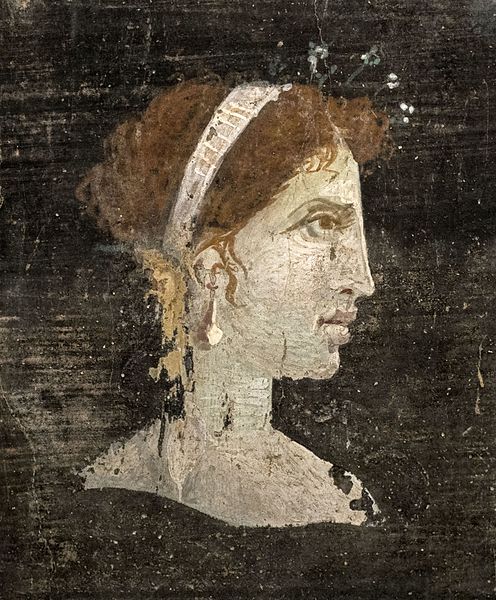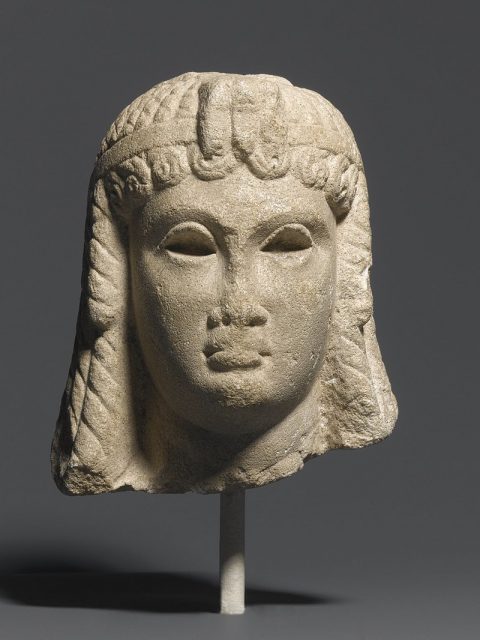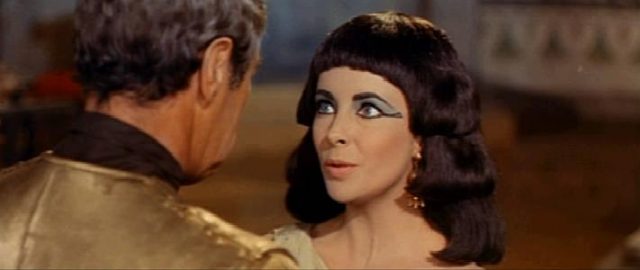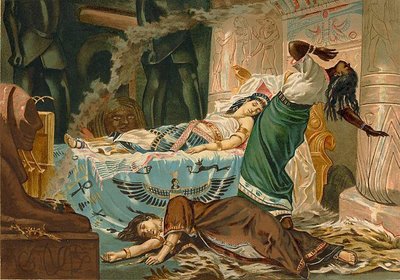Cleopatra VII Philopator often referred to simply as “Cleopatra” was known for her outstanding beauty, as countless works of art depicted her as an attractive temptress, with many modern beauty parlors named after her.
But while the legend of her beauty was based on the fact that she seduced two influential Roman leaders, Julius Caesar and Mark Anthony, what did she look like?
Cleopatra was the last in a line of rulers known as the Ptolemies that ruled Egypt for nearly three centuries. She was a descendant of Ptolemy I Soter, a Macedonian Greek general who was the founder of the Ptolemaic dynasty.

She was the last true ruler of the Ptolemaic Kingdom of Egypt. The empire she ruled included Egypt, Cyprus, some territories in the Middle East and parts of modern-day Libya. It was recorded that she was the first Ptolemaic ruler to learn the Egyptian language even though her native language was Koine Greek.
Her famed relationship with Julius Caesar was the beginning of her ascent to power. It was at first a political alliance before a love affair as Cleopatra needed Caesar’s armies to take control of Egypt which was then rife with civil war. Caesar, on the other hand, needed Cleopatra’s immense wealth as she was believed to be the richest woman at the time and was capable of financing Caesar’s return to power in Rome.

After Caesar met his end in Rome in March of 44 BC, his close ally and adopted son Mark Antony was involved in a love affair with Cleopatra, the proven temptress. Much like her relationship with Caesar, both sides had a lot to gain from one another. For Cleopatra, it was a second chance to achieve power in Egypt and Rome, while Antony saw her wealth as an advantage in his campaign against the Parthians.

Second-century Greek historian Dio described her as a woman of unsurpassed beauty when she was in the prime of her youth. He recorded that she possessed a charming voice and a knowledge of how to make herself approachable to everyone, even a love-struck Caesar who was already past his prime. Dio added that men were seduced just by looking at her as she had the power to subjugate everyone.
Related Video: 6 Cleopatra Myths Debunked
https://youtu.be/xnRssdsGU8U
Another philosopher Plutarch who lived from 46-120 AD said that her beauty was not, in and of itself completely unmatched, nor was it they type that astounded those that saw her, but talking with her was captivating, and she had a commanding presence, along with persuasiveness that drew men of power and fame to her.

According to him, she became a “woman of insatiable sexuality and insatiable avarice.” While being constantly portrayed as a woman of great beauty on silver screens, modern historians have no idea of what she looked like, but clues from historical artifacts and works of arts may provide an insight.

The belief that she was a woman of great beauty is not shared by all, after images of her in her prime surfaced recently. Her picture found on Roman coins in the British Museum show a woman with a narrow forehead, bony face, a sharp chin, large hooked nose, and large eyes. In a book about her biography published on Smithsonian, Stacy Schiff wrote that “while her name can never be erased, images of her are blurry.”

“She may be one of the most recognizable figures in history, but we have little idea what Cleopatra looked like. Only her coin portraits — issued in her lifetime, and which she likely approved — can be accepted as authentic.”
Read another story from us: Secret Egyptian Palace of Ramesses II Discovered by Accident
While it seems that Cleopatra was just as attractive as the next woman physically, her wit, charm and daring nature fascinated not only two of the most powerful men in ancient times, but the collective imagination of the entire world generations later. The fact that Cleopatra was beautiful in both character and looks could be a significant lesson for our modern fixation on the purely physical.
